Key Takeaways
- Yard work activities are a powerful form of Non-Exercise Activity Thermogenesis (NEAT) that contributes significantly to your overall daily calorie burn.
- To elevate yard work into a true workout, apply fitness principles like interval training (short bursts of high intensity followed by rest) and balanced muscle development (switching sides when raking or shoveling).
- Use a continuous glucose monitor (CGM) to measure the metabolic impact of these everyday activities, as it provides real-time data to demonstrate that your efforts do translate into tangible health benefits.
{{mid-cta}}
Raking leaves, cleaning out your gutters, shoveling snow: the list of seasonal house chores never ends. These forms of yard work might seem like chores, but they can be a surprisingly effective form of exercise. They are often viewed as simple (or incredibly tedious) chores we all dread doing. Whether you’re raking leaves, mowing the lawn, or bagging leaves after an hour of raking, you may be surprised by the calories burned and the health benefits gained.
Scientific studies have shown that engaging in house chores (indoors or outdoors) can be a surprisingly vigorous and enjoyable path to improved metabolic health, providing similar benefits as structured gym workouts.1
Unlike continuous low-intensity exercise, the varied movements and short bursts of higher effort in seasonal yardwork activities closely align with the principles of High-Intensity Interval Training (HIIT), making them highly effective for burning calories and building functional strength.2,3
This article delves into the facts about the physiological mechanisms by which seasonal yard work targets calorie burning and muscle strength, while providing tips for turning your outdoor chores into effective health benefits.
Yard Work as Functional Fitness
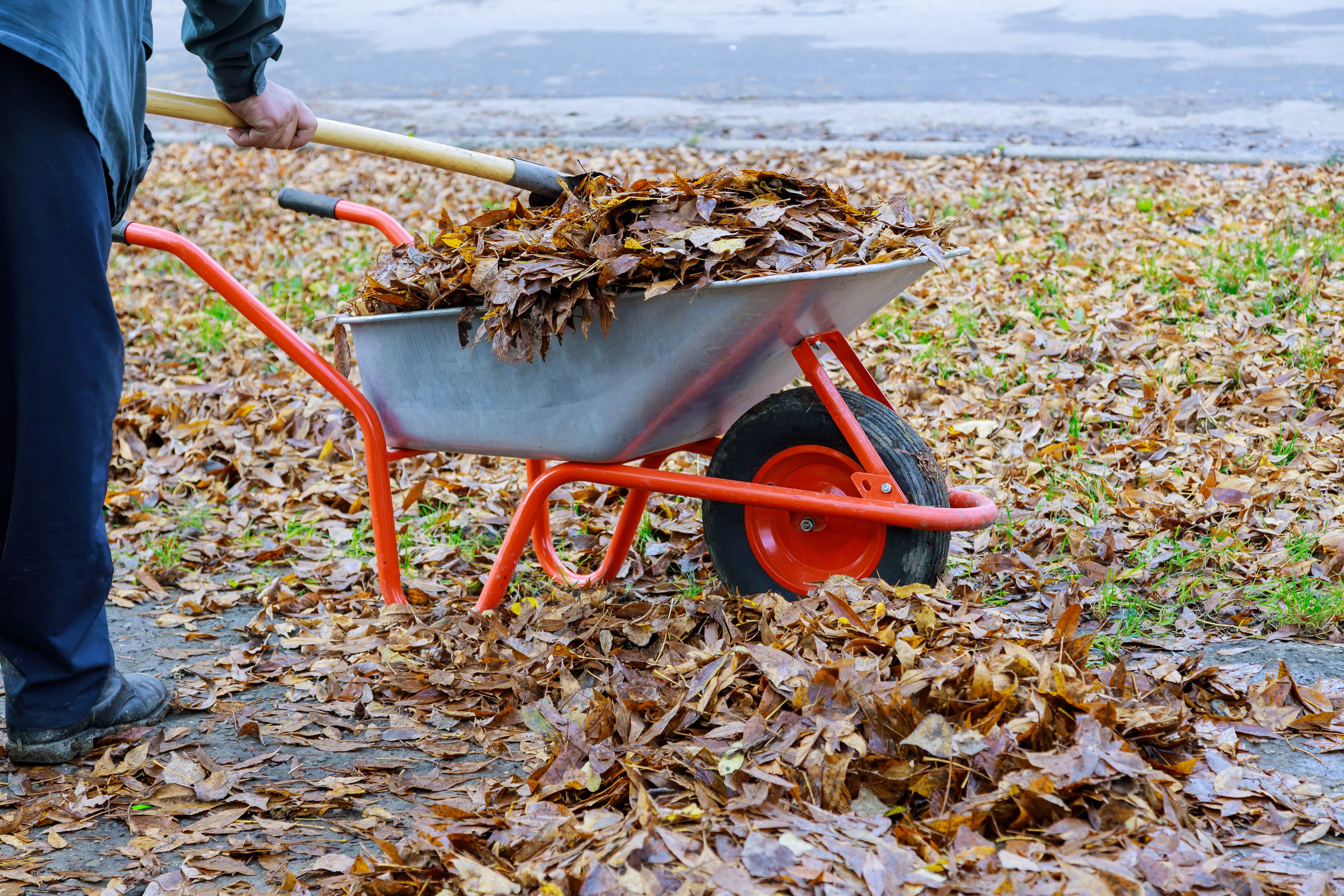
Functional fitness refers to physical activity that targets muscle activation during movements similar to those in real-life tasks and daily activities. Typically, complex, multi-plane movements are emphasized to improve strength, mobility, balance, and coordination throughout the entire body. The goal is to build resilience and efficiency for everyday life.
Doing yard work is an excellent example of functional fitness because it naturally involves full-body movements that mimic daily activities. Tasks like raking leaves, shoveling snow, or pulling weeds require coordinated movement and engage multiple muscle groups, from your upper body to your core. Because these activities are often moderate-intensity, they can elevate your heart rate and provide a good workout comparable to strength training sessions.
Yardwork also burns substantial calories while promoting resilience, ensuring the body is conditioned to handle the varied, unpredictable loads encountered outside of a controlled fitness environment, making you functionally stronger for life's real challenges now and as you age.3
Calories Burned by Common Fall Chores
Researchers measure energy expenditure and calories burned while raking leaves, using MET values to estimate the effort required for an average person performing yard work at moderate effort.4 For example, an hour of raking can burn hundreds of calories depending on body weight and intensity.
The most recent iteration is the 2024 Adult Compendium of Physical Activities in the Journal of Sport and Health Science. Below is a list of some common outdoor house chores, their MET value, and corresponding calories burned per hour. You’ll discover how tasks like shoveling and raking can provide similar workout intensities when compared to traditional exercises like jogging, cycling, and resistance training.
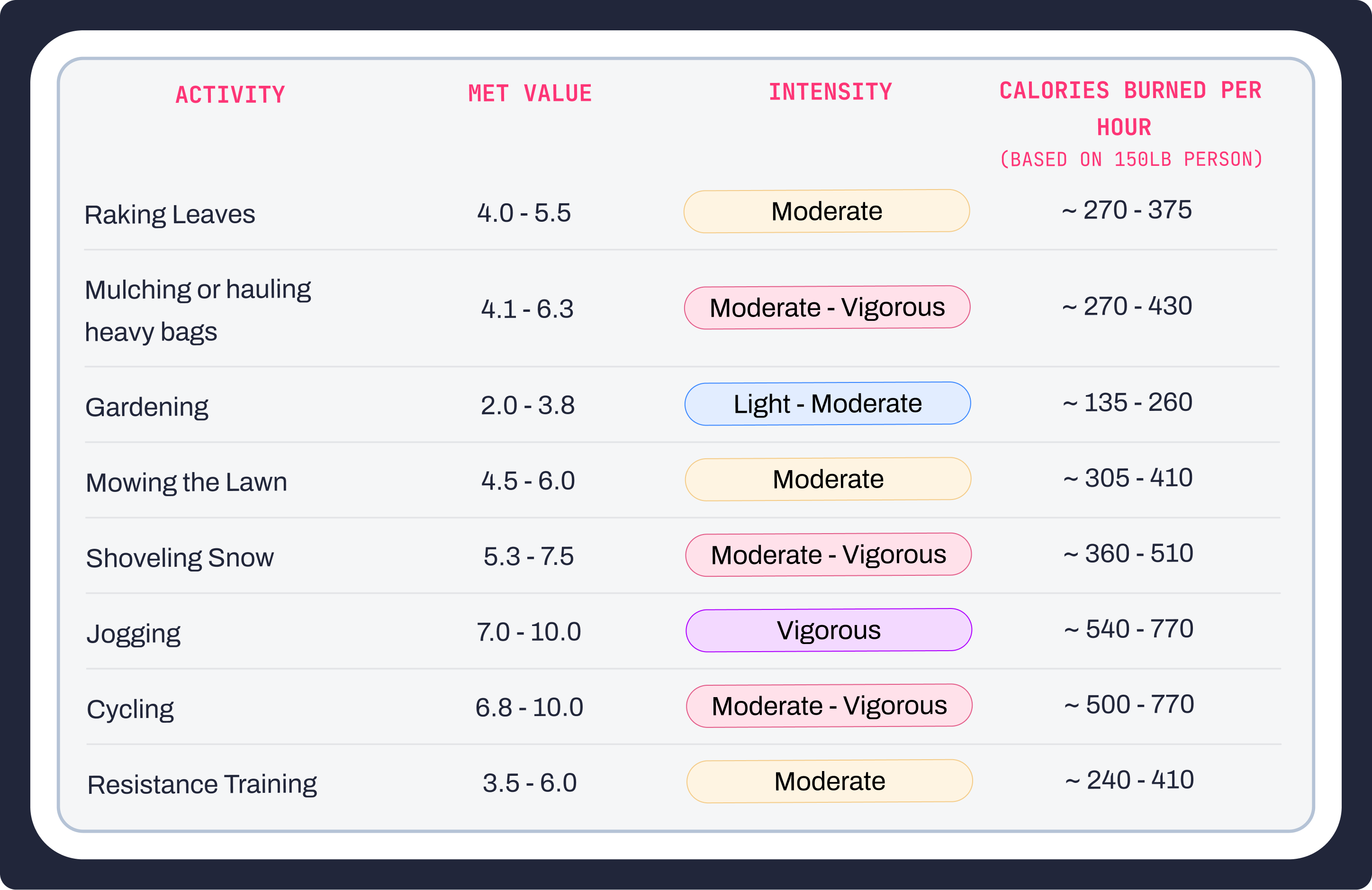
Isn’t Yard Work NEAT?
Why, yes, it is. NEAT (Non-exercise Activity Thermogenesis) is the energy burned during every activity outside of sleeping, eating, and structured exercise. It encompasses all the movements of daily life, such as cleaning, fidgeting, grocery shopping, and maintaining posture. Your Total Daily Energy Expenditure (TDEE) is a combination of NEAT, your resting metabolic needs, and exercise, with NEAT often accounting for a greater proportion of daily energy burn than purposeful workouts.
Thus, your everyday movement matters immensely, especially for those striving to lose weight, those who are more sedentary, or those seeking to improve their glucose stability.5 Even simple tasks like mowing, raking, or pulling weeds count as consistent physical activity that supports cardiovascular and metabolic health. Yard work naturally boosts NEAT because tasks like raking, digging, mowing, and gardening involve continuous full-body movements that engage large muscle groups, increasing overall energy expenditure and insulin sensitivity without setting foot in a gym.
By choosing to engage in more household activities or hobbies, you can increase the NEAT part of the total energy expenditure equation and promote better long-term metabolic health.6 Because these movements require ongoing effort, they also provide subtle cardio conditioning that adds up over time.
The Metabolic Playbook: Turn Chores Into Training
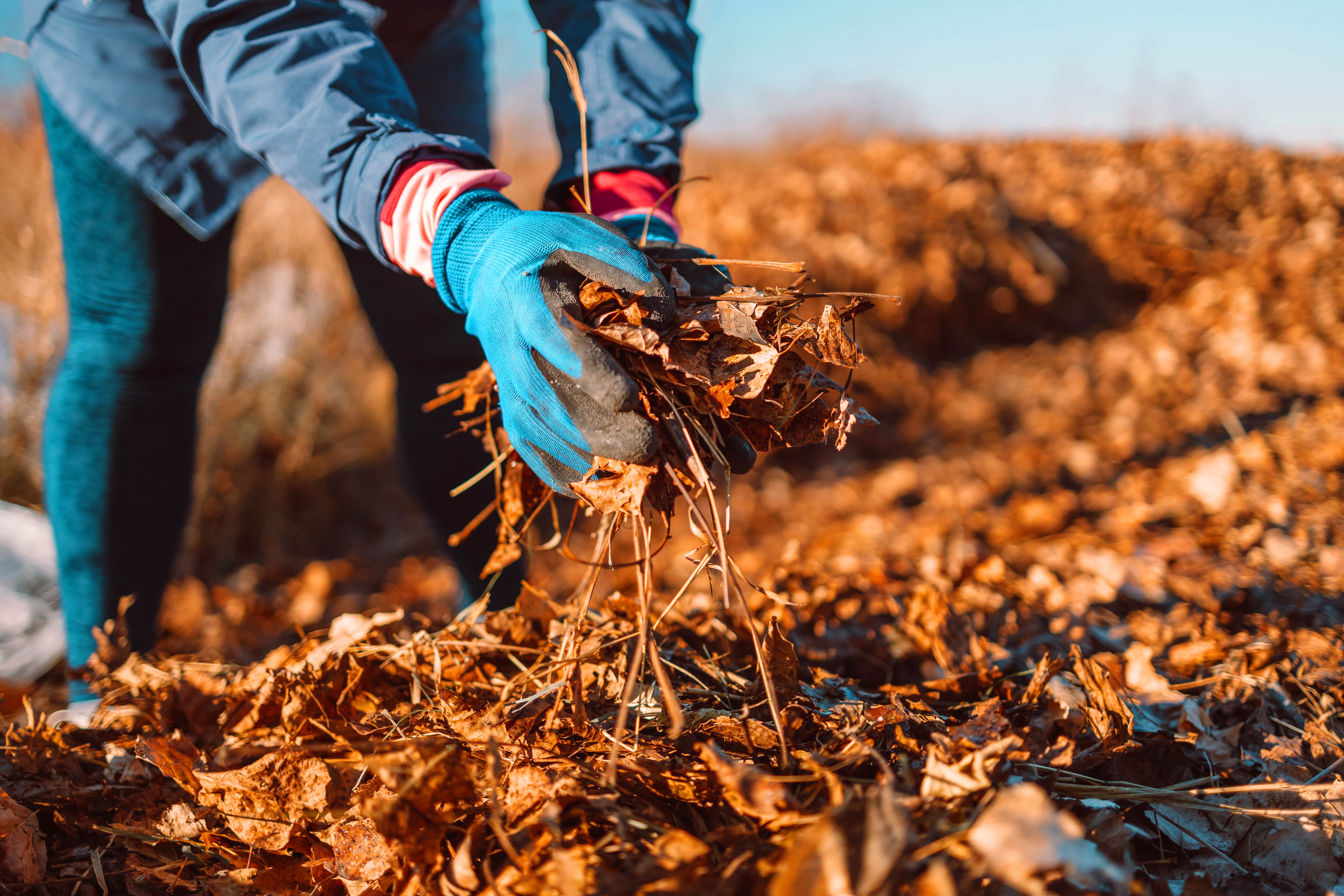
Ready to leaf your old workouts behind? Raking, mowing, or shoveling at a brisk pace increases heart rate and supports steady energy expenditure similar to other moderate-intensity workouts. Before starting, consider warming up with a few dynamic stretches to prevent strain and prepare your muscle groups for moderate effort.
You can also easily transform your yard work into an effective full-body workout by applying a few simple strategies. For example, instead of mindlessly raking, try doing it in intervals, where you perform short bursts of intense effort followed by a brief rest, and then repeat the cycle several times to maximize cardiovascular and muscular exertion.
That said, make sure to consciously switch sides when performing repetitive tasks, such as raking or shoveling, to ensure balanced muscle engagement and prevent overuse injuries.
Another strategy is to use a push lawn mower instead of a riding lawnmower. This will give you the benefit of increasing your step count while completing a household chore. You’ll feel the cardiovascular effort rise and possibly experience fatigue in your leg muscles from pushing (i.e., similar to a sled push workout).
Whatever your outdoor workout may be, remember to treat it like any other exercise session by making sure to stretch afterward. This helps relieve tension in your back, shoulders, and legs, while reducing unnecessary muscle soreness.
Using Signos to Measure the Yard Work Effect
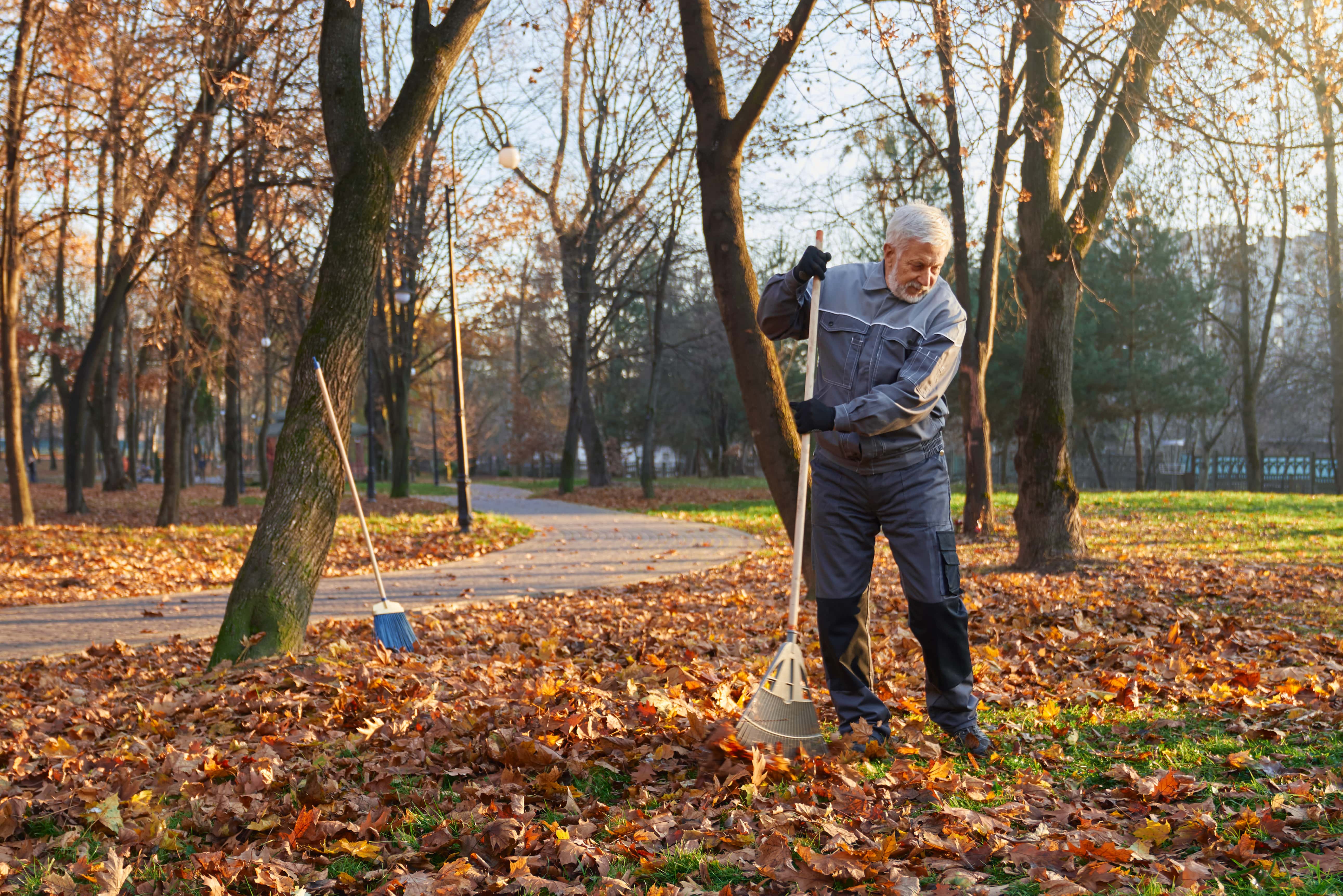
A continuous glucose monitor (CGM) paired with the Signos app can help you interpret how different household chores affect your metabolic health. Monitor your glucose levels before, during, and after your yard work sessions to determine your baseline and the duration of the metabolic benefits.
During the activity, you can directly analyze the impact of steady movement versus bursts of intensity, as both will have different yet beneficial effects on blood sugar levels both during and after the activity. By linking the exercise to the real-time data, you can use this information to structure your outdoor tasks for maximum health benefit, whether your goal is better glucose stability or optimized fat burning.
The Bottom Line
Seasonal yard work is more than just a chore; it's an opportunity to improve your metabolic health naturally through functional fitness at its best. Treat yard work as a full-body training opportunity: a blend of cardio and strength training that delivers measurable health benefits while keeping your outdoor space clean and tidy.
Use tools like a CGM to validate that your effort translates into measurable metabolic benefits, such as improved glucose control and increased calorie expenditure. It’s time to rake up your step count and experience a fall reset of your health.
Learn More About Signos’ Expert Advice
If you have more questions about improving your health, fitness, and nutrition, seek expert advice from a glucose monitor and the Signos team. A continuous glucose monitor (CGM) can give you the insights to make smarter nutrition and exercise choices. The Signos app offers a personalized program to help you achieve your health goals.
Topics discussed in this article:
References
- Grudnik, L., & Liro, M. (2005, Summer). Got weeds? Researchers say yard work builds strong bones. Health Science, 28(2), 6+. https://link.gale.com/apps/doc/A136199749/AONE?u=anon~f77cdf95&sid=googleScholar&xid=1dcbf444
- Park, S. A., Lee, A. Y., Lee, H. S., Lee, K. S., & Son, K. C. (2015). A comparison of exercise intensity between two horticultural and four common physical activities among male adults in their 20s. Horticultural Science and Technology, 33(1), 133-142.
- Gunn, S. M., van der Ploeg, G. E., Withers, R. T., Gore, C. J., Owen, N., Bauman, A. E., & Cormack, J. (2004). Measurement and prediction of energy expenditure in males during household and garden tasks. European journal of applied physiology, 91(1), 61-70.
- Herrmann, S. D., Willis, E. A., Ainsworth, B. E., Barreira, T. V., Hastert, M., Kracht, C. L., Schuna, J. M., Cai, Z., Quan, M., Tudor-Locke, C., Whitt-Glover, M. C., & Jacobs, D. R. (2024). 2024 Adult Compendium of Physical Activities: A third update of the energy costs of human activities. Journal of Sport and Health Science, 13(1), 6–12. https://doi.org/10.1016/j.jshs.2023.10.010
- Levine, J. A. (2004). Non-exercise activity thermogenesis (NEAT). Nutrition reviews, 62(suppl_2), S82-S97.
- Tanucan, J. C. M., Wider, W., Lobo, J., Garcia, M. A., Udang, L. N., Sofyan, D., & Jiang, L. (2024). Evaluating the effectiveness of housework as exercise for overweight and obese Filipino teenagers. Cogent Social Sciences, 10(1), 2401144.


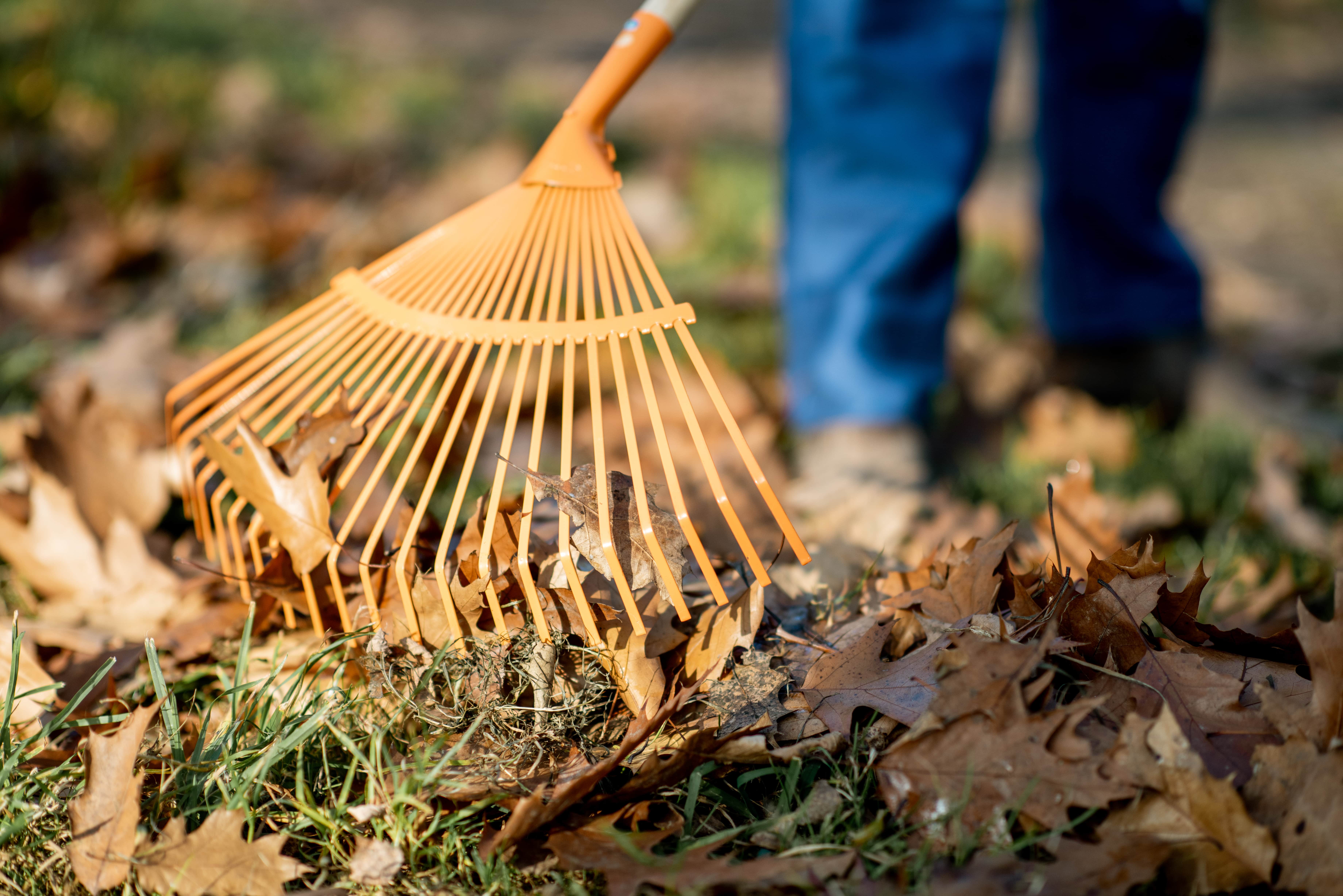

.svg)
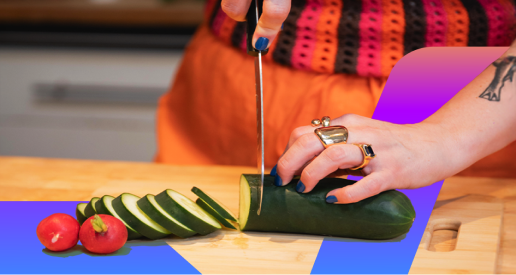









.svg)
.svg)
.svg)
.svg)
.svg)
.svg)
.svg)
